- Step-by-Step Guide to Planting Peach Tree Seedlings in Autumn – Join Our Expert Master Class
- Introduction
- Materials Needed
- Step 1: Choose a Suitable Location
- Step 2: Prepare the Soil
- Step 3: Dig a Hole
- Step 4: Planting the Seedling
- Step 5: Staking and Support
- Step 6: Watering and Mulching
- Step 7: Fertilization and Pruning
- Step 8: Maintenance and Care
- Prepare the Soil for Planting
- Select the Right Peach Tree Seedlings
- Determining the Ideal Peach Tree Variety
- Choosing Healthy Seedlings
- Buying from Reputable Nurseries or Suppliers
- Choose the Ideal Planting Location
- Sunlight
- Soil Quality
- Wind Protection
- Spacing
- Accessibility to Water
- Protection from Frost
- Dig the Planting Hole
- Plant the Peach Tree Seedlings
- 1. Dig a Hole
- 2. Loosen the Roots
- 3. Place the Seedling
- 4. Backfill the Hole
- 5. Water the Seedling
- 6. Mulch the Base
- 7. Stake for Support
- 8. Prune the Seedling
- 9. Provide Ongoing Care
- Water and Mulch the Newly Planted Tree
- 1. Watering
- 2. Mulching
- Provide Proper Care and Maintenance
- Watering
- Fertilizing
- Pruning
- Weed Control
- Pest and Disease Management
- Winter Protection
- Regular Monitoring and Care
- Join Our Expert Master Class
- What is a Master Class?
- Why Should You Join?
- What Will You Learn?
- How Can You Join?
- Who Should Attend?
- Benefits of Attending
- Conclusion
- Question-answer:
- When is the best time to plant peach tree seedlings in autumn?
- What are some common mistakes to avoid when planting peach tree seedlings?
- How long does it take for a peach tree seedling to bear fruit?
- What are some tips for caring for peach tree seedlings during the autumn?
- Can I plant peach tree seedlings in containers instead of in the ground?
- Video: How to Plant and Grow a Peach Tree from Pit and Seed from Start to Finish
Are you a gardening enthusiast? Do you dream of having your own luscious peach trees in your backyard? Look no further! Our expert horticulturists are hosting a masterclass on planting peach tree seedlings this autumn.
Planting peach tree seedlings may seem like a daunting task, but with our step-by-step guide, you’ll be able to do it with confidence. Our horticulturists will walk you through every stage of the process, ensuring that you have all the knowledge and skills required to successfully plant and care for your peach tree sapling.
Autumn is the perfect time to plant peach tree seedlings as the cool temperatures and moist soil conditions promote root development and establishment. This ensures that your peach tree will have a strong foundation for healthy growth in the following spring and summer.
During our masterclass, you will learn the importance of selecting the right peach tree variety for your climate and soil type. Our experts will guide you through the process of preparing the planting site, including soil testing and amendment. You’ll also learn the proper techniques for planting the seedlings, which will include proper depth, spacing, and watering.
Join our expert masterclass and unlock the secrets to successful peach tree planting. Don’t miss this opportunity to learn from the best and start growing your own delicious peaches for years to come.
Step-by-Step Guide to Planting Peach Tree Seedlings in Autumn – Join Our Expert Master Class
Introduction
Welcome to our expert master class on planting peach tree seedlings in autumn. In this step-by-step guide, we will walk you through the process of planting peach tree seedlings to ensure their successful growth and development. Whether you are a seasoned gardener or a beginner, this master class will provide you with valuable tips and techniques.
Materials Needed
Before you begin, gather the following materials:
- Peach tree seedlings
- Shovel or garden spade
- Compost or well-rotted manure
- Organic fertilizer
- Garden stakes
- Twine or plant ties
- Watering can or hose
Step 1: Choose a Suitable Location
Select a location in your garden that receives full sun and has well-draining soil. Peach trees thrive in areas with good air circulation, so avoid planting them in low-lying areas or next to buildings or other trees.
Step 2: Prepare the Soil
Use a shovel or garden spade to loosen the soil in the selected area. Incorporate compost or well-rotted manure to improve the soil’s fertility and drainage. Break up any large clumps and remove any weeds or rocks.
Step 3: Dig a Hole
Dig a hole that is wide and deep enough to accommodate the roots of the peach tree seedling. The hole should be slightly deeper than the length of the roots and wide enough to allow for proper root spread.
Step 4: Planting the Seedling
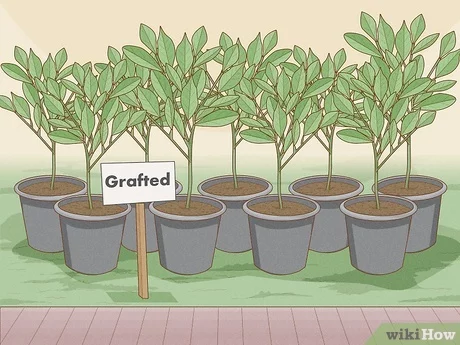
Place the peach tree seedling in the hole, ensuring that the bud union is above the soil surface. Gently backfill the hole with soil, firming it around the roots as you go. Water the seedling thoroughly after planting to settle the soil.
Step 5: Staking and Support
Drive one or two garden stakes into the ground near the planted seedling. Attach the stakes to the tree trunk using twine or plant ties, providing support to prevent strong winds from causing damage. Be careful not to tie the stakes too tightly, as this can restrict the tree’s growth.
Step 6: Watering and Mulching
Water the newly planted peach tree deeply and regularly, especially during the first year of growth. Apply a layer of organic mulch around the base of the tree to conserve moisture and suppress weed growth. Keep the mulch a few inches away from the trunk to prevent rot and pest infestations.
Step 7: Fertilization and Pruning
Apply organic fertilizer to the peach tree in early spring and early summer to promote healthy growth. Prune the tree during the dormant season to remove any dead, damaged, or crossing branches. This will help maintain the tree’s shape and improve air circulation.
Step 8: Maintenance and Care
Monitor the peach tree regularly for signs of pests or diseases. Properly irrigate the tree and provide regular care, including weeding, fertilizing, and pruning as needed. Protect the tree from extreme weather conditions and consult with a local expert if any issues arise.
By following this step-by-step guide, you will be able to successfully plant peach tree seedlings in autumn. Join our expert master class to learn more tips and techniques for growing healthy and fruitful peach trees in your own garden.
Prepare the Soil for Planting
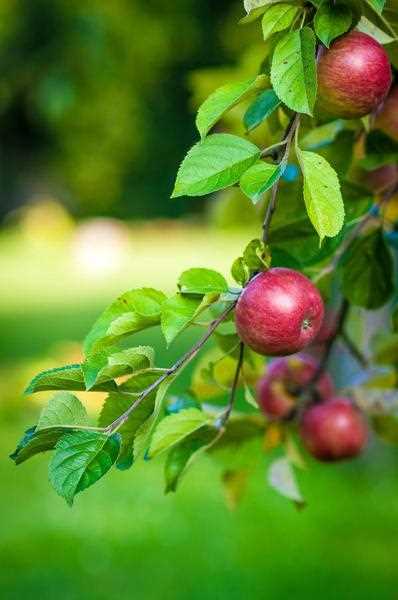
Before planting peach tree seedlings, it is important to prepare the soil to provide optimal growing conditions for the trees. Follow these steps to prepare the soil:
- Choose a location: Select a location that receives full sun for at least 6 hours a day and has well-drained soil. Peach trees thrive in slightly acidic soil with a pH level between 6.0 and 7.0.
- Clear the area: Remove any grass, weeds, or vegetation from the planting area. Cut them down and dig them out, ensuring all roots are removed. This will prevent competition for nutrients and water.
- Loosen the soil: Use a garden fork or tiller to loosen the soil to a depth of at least 12-18 inches. This will help the peach tree roots penetrate easily and allow for proper drainage.
- Amend the soil: Test the soil pH and nutrient levels using a soil testing kit. If necessary, adjust the pH by adding organic matter, such as compost or well-rotted manure. Incorporate the amendments into the soil thoroughly.
- Add fertilizer: Apply a balanced fertilizer, such as 10-10-10, following the package instructions. This will provide necessary nutrients for the peach tree’s growth.
- Level the soil: Rake the soil surface to make it level and smooth. This will ensure the seedling is planted at the correct depth.
Once the soil is prepared, you are ready to plant your peach tree seedlings. Follow the planting instructions provided by the expert master class to ensure proper planting and care for your new trees.
Select the Right Peach Tree Seedlings
Determining the Ideal Peach Tree Variety
When selecting peach tree seedlings, it’s important to choose the right variety that will thrive in your specific climate and soil conditions. Consider the following factors:
- Chill Hours: Check the average number of chill hours required for the peach tree variety you are interested in. Make sure it matches the chill hours in your region, as this is crucial for proper fruit development.
- Size of Mature Tree: Consider the available space in your garden or orchard. Different peach tree varieties have varying sizes when fully grown. Some are compact, suitable for smaller spaces, while others require more room to spread their branches.
- Self-Pollinating or Not: Determine whether the peach tree variety is self-pollinating or if it requires another peach tree nearby for pollination. If you have limited space, opt for a self-pollinating variety to ensure proper fruit set.
- Disease Resistance: Look for peach tree varieties that are known to have good resistance to common diseases in your area. This will help reduce the likelihood of your trees being affected by pests or diseases.
Choosing Healthy Seedlings
Once you’ve determined the appropriate variety, it’s crucial to select healthy peach tree seedlings. Follow these guidelines:
- Inspect the Roots: Gently remove the peach tree seedling from its container and examine the roots. They should be firm, well-developed, and free from any signs of rot or damage.
- Check for Pests: Look for any signs of pests or disease on the leaves, stems, and branches of the seedling. Avoid selecting seedlings with visible infestations or damage.
- Leaf Condition: Choose seedlings with vibrant and healthy leaves. Avoid those with yellowing, wilting, or damaged leaves, as this may indicate underlying health issues.
- Size and Growth: Select seedlings with a balanced and vigorous growth habit. They should have a straight trunk and well-developed branching structure.
Buying from Reputable Nurseries or Suppliers
To ensure the quality of your peach tree seedlings, it’s recommended to purchase them from reputable nurseries or suppliers. Consider these factors:
- Reputation: Look for nurseries or suppliers with a positive reputation for providing healthy and disease-free seedlings.
- Customer Reviews: Check customer reviews and feedback online to get an idea of the experience other gardeners have had with the nursery or supplier.
- Certifications: Check if the nursery or supplier is certified by relevant agricultural authorities or organizations. This can ensure that they follow industry standards and provide reliable seedlings.
- Support and Advice: Choose a nursery or supplier that offers support and advice on planting and caring for the peach tree seedlings. This can be invaluable, especially for beginners.
By carefully selecting the right peach tree variety, healthy seedlings, and reputable nurseries or suppliers, you will set yourself up for success in cultivating and enjoying delicious peaches from your own garden or orchard.
Choose the Ideal Planting Location
Before planting your peach tree seedlings, it is important to choose the ideal location in your garden. The right planting spot can greatly impact the growth and health of your trees, ensuring a bountiful harvest for years to come. Here are some factors to consider when selecting the perfect planting location for your peach tree seedlings:
Sunlight
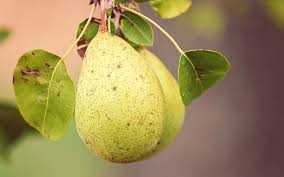
Peach trees thrive in full sunlight, so look for a spot in your garden that receives at least 6-8 hours of direct sunlight every day. Avoid areas that are shaded by buildings or tall trees, as this can limit the tree’s access to sunlight and hinder its growth and fruit production.
Soil Quality
Choose a planting location with well-draining soil that is rich in organic matter. Peach trees prefer slightly acidic soil with a pH range of 6.0-6.5. Conduct a soil test to determine the pH and nutrient levels of your soil. If necessary, amend the soil with compost, peat moss, or other organic matter to improve its structure and fertility.
Wind Protection
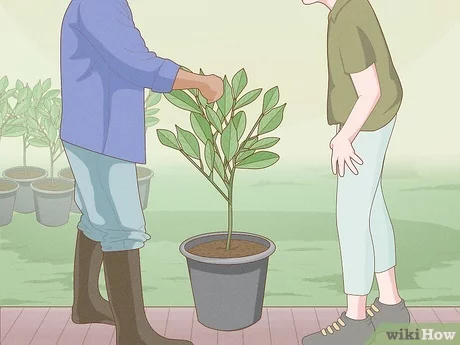
Peach trees are susceptible to wind damage, especially during storms or strong gusts. Select a site that is sheltered from strong winds, such as near a fence, wall, or existing vegetation. This will help protect the tree from getting uprooted or having its branches broken.
Spacing
Peach trees need adequate space to grow and spread their branches. Ensure there is enough room for your tree to reach its mature size without being overcrowded by other plants or structures. Follow the recommended spacing guidelines provided by the nursery or consult a gardening expert for the specific variety of peach tree you are planting.
Accessibility to Water

Having a water source nearby is crucial for the successful establishment and growth of your peach tree seedlings. Consider the proximity to a water source, such as a hose or irrigation system, when choosing the planting location. This will make it easier to provide regular water and prevent stress or drought-related problems.
Protection from Frost
Peach trees are sensitive to late spring frosts, which can damage blossoms and reduce fruit production. Select a site that is less prone to frost, such as a location on higher ground or away from low-lying areas where cold air may accumulate. If frost is a common occurrence in your area, consider planting a late-blooming variety or using protective measures like frost blankets or overhead sprinklers.
By considering these factors and selecting the ideal planting location for your peach tree seedlings, you can set them up for success and enjoy healthy and productive trees in the future.
Dig the Planting Hole
Once you have selected the perfect spot for your peach tree seedling, it’s time to dig the planting hole. Follow these step-by-step instructions to ensure you create the ideal environment for your new tree to thrive:
- Use a shovel or a spade to dig a hole that is wide and deep enough to accommodate the tree’s root ball. The hole should be approximately twice as wide and just as deep as the root ball.
- Be sure to clear away any grass, weeds, or rocks from the area where you will be digging the hole.
- As you dig, set aside the topsoil in a separate location. This will be used later to backfill the hole.
- Once the hole is the right size, check the depth by placing the root ball in the hole. The top of the root ball should be slightly above the surrounding ground level to account for settling.
- Ensure the hole is deep enough that the tree’s flare, where the trunk widens at the base, is level with or slightly above the soil surface.
- Take a moment to inspect the roots of the peach tree seedling. Trim any damaged or overly long roots with clean, sharp pruning shears.
- Place the tree in the hole, positioning it so that it is centered and straight.
- Begin backfilling the hole with the topsoil you set aside earlier. Pack the soil gently but firmly around the roots, ensuring there are no air pockets.
- Continue adding soil until the hole is completely filled, being careful not to bury the tree’s flare or graft union.
- Once the hole is filled, create a small berm or circular ridge of soil around the outer edge of the planting hole. This will help hold water and direct it toward the tree’s roots.
- Give the newly planted peach tree a thorough watering, moistening the soil down to the root zone.
Following these steps will give your peach tree seedling a strong start and help ensure its long-term health and productivity.
Plant the Peach Tree Seedlings
Now that you have prepared the soil and chosen the appropriate location, it’s time to plant your peach tree seedlings. Follow these steps to ensure successful planting:
1. Dig a Hole
Use a shovel or garden spade to dig a hole in the prepared soil. The hole should be wide and deep enough to accommodate the roots of the seedling.
2. Loosen the Roots
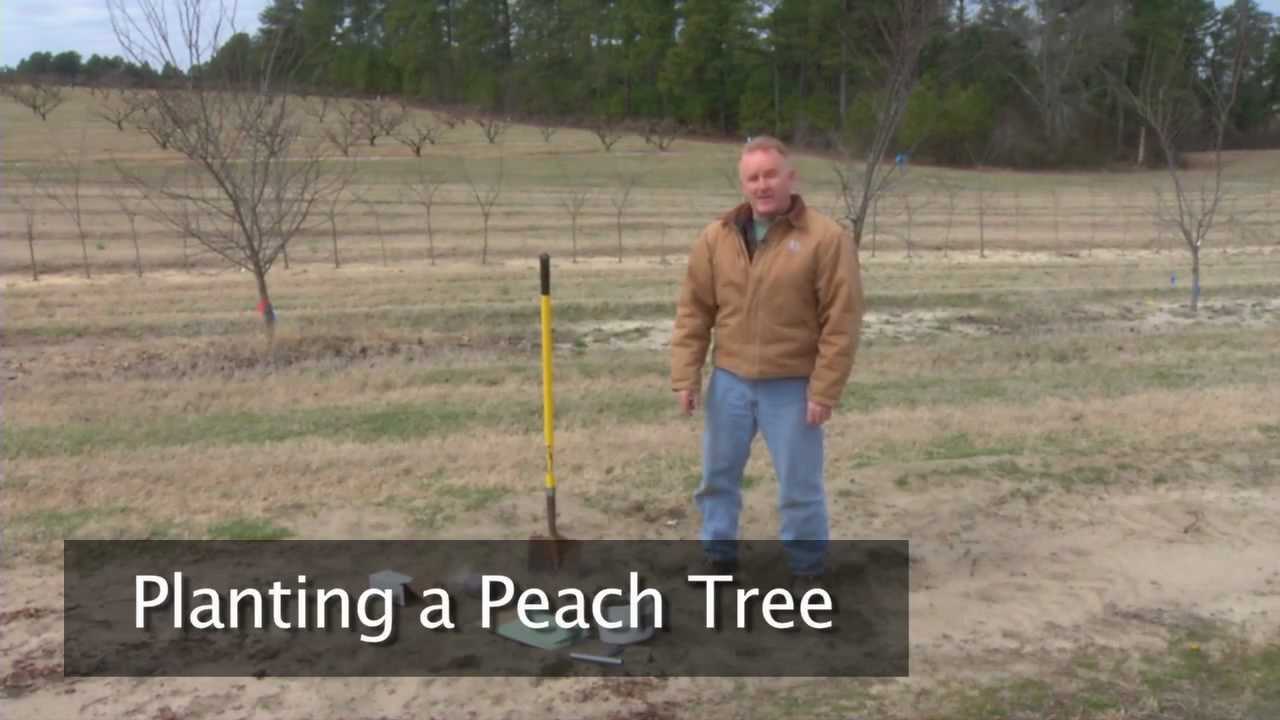
Gently loosen the roots of the seedling before planting. This will help the roots establish in the soil more easily.
3. Place the Seedling
Hold the seedling upright and place it in the hole, making sure that the roots are spread out and not cramped. The base of the trunk should be level with the soil surface.
4. Backfill the Hole
Fill the hole with soil, gently pressing it around the roots to eliminate any air pockets. Be careful not to cover the graft union, if present.
5. Water the Seedling
Give the seedling a thorough watering to settle the soil and help the roots establish. Ensure that the soil is moist but not waterlogged.
6. Mulch the Base
Apply a layer of mulch around the base of the seedling to help retain moisture and suppress weed growth. Leave a small gap around the trunk to prevent moisture buildup and potential rot.
7. Stake for Support
If your seedling is weak or in a windy location, you may need to stake it for support. Drive a stake into the ground beside the seedling and use soft ties to secure it.
8. Prune the Seedling
Trim any damaged or broken branches from the seedling. This will help promote healthy growth and shape the tree.
9. Provide Ongoing Care
Water the seedling regularly, especially during dry periods. Fertilize according to the specific needs of the peach tree variety. Keep an eye out for pests and diseases, and take appropriate measures if necessary.
Following these steps will give your peach tree seedlings the best chance of thriving in their new home. Enjoy watching them grow and harvesting juicy peaches in the future!
Water and Mulch the Newly Planted Tree
After planting your peach tree seedling, it’s important to give it proper care to ensure its healthy growth. Watering and mulching are crucial steps in this process.
1. Watering
Water your newly planted peach tree thoroughly after planting to settle the soil and provide moisture to the roots. This initial watering helps the seedling establish itself in its new location.
Here are some watering tips:
- Give the tree a deep watering, ensuring the water reaches the root zone. Slowly apply water at the base of the tree until the soil is moist, but not saturated.
- Water the tree once or twice a week during the first growing season, especially during dry spells. Adjust the frequency depending on rainfall and soil moisture levels.
- Consider using a drip irrigation system or a soaker hose to provide a slow, steady supply of water directly to the tree’s roots.
2. Mulching
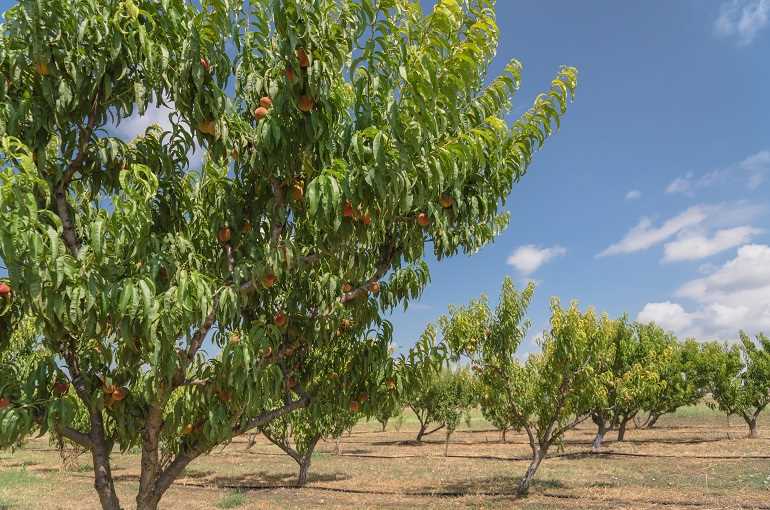
Mulching is beneficial for the peach tree as it helps conserve moisture, suppresses weed growth, and regulates soil temperature. Apply a layer of mulch around the base of the tree, taking care not to place it too close to the trunk.
Follow these mulching guidelines:
- Use organic mulch materials such as wood chips, straw, or shredded bark. These materials break down over time, enriching the soil with organic matter.
- Apply a layer of mulch around 2-4 inches thick, making sure to leave a small gap around the tree trunk to prevent moisture accumulation and potential rot.
- Extend the mulch area to cover the tree’s root zone, which ideally reaches out to the drip line. This helps retain moisture and suppress weed growth in the tree’s critical root area.
- Replenish the mulch layer annually, as it breaks down and decomposes over time.
By providing adequate water and mulching, you are giving your newly planted peach tree the best chance for success. Remember to monitor the soil moisture levels regularly and adjust your watering schedule as needed.
Provide Proper Care and Maintenance
Watering
After planting the peach tree seedlings, it is essential to provide them with adequate water. Water the trees deeply at least once a week, especially during dry periods. The trees should receive approximately 1 inch of water per week. Avoid overwatering as excessive water can lead to root rot.
Fertilizing
To ensure healthy growth and abundant fruit production, fertilize the peach trees regularly. Apply a balanced slow-release fertilizer in early spring and again in early summer. Follow the recommended application rates on the fertilizer packaging. Avoid excessive fertilization as it can promote excessive vegetative growth at the expense of fruit production.
Pruning
Pruning is essential for maintaining the shape and structure of the peach trees. Perform pruning during the dormant season, typically in late winter or early spring before the buds start to swell. Remove any dead, diseased, or damaged branches. Thin out the tree canopy to improve air circulation and light penetration. This helps prevent fungal diseases and promotes better fruit production.
Weed Control
Regularly remove weeds and grass around the base of the peach trees to reduce competition for nutrients and water. Use mulch, such as wood chips or straw, to suppress weed growth and conserve soil moisture. Apply a layer of mulch around the base of the trees, keeping it approximately 3 inches away from the trunk.
Pest and Disease Management
Monitor the peach trees regularly for common pests such as aphids, peach tree borers, and mites. Consult with local agricultural extension services or garden centers to identify and treat any pest infestations appropriately. Additionally, be on the lookout for signs of diseases such as peach leaf curl and brown rot. Apply appropriate fungicides according to the recommendations for your specific area.
Winter Protection
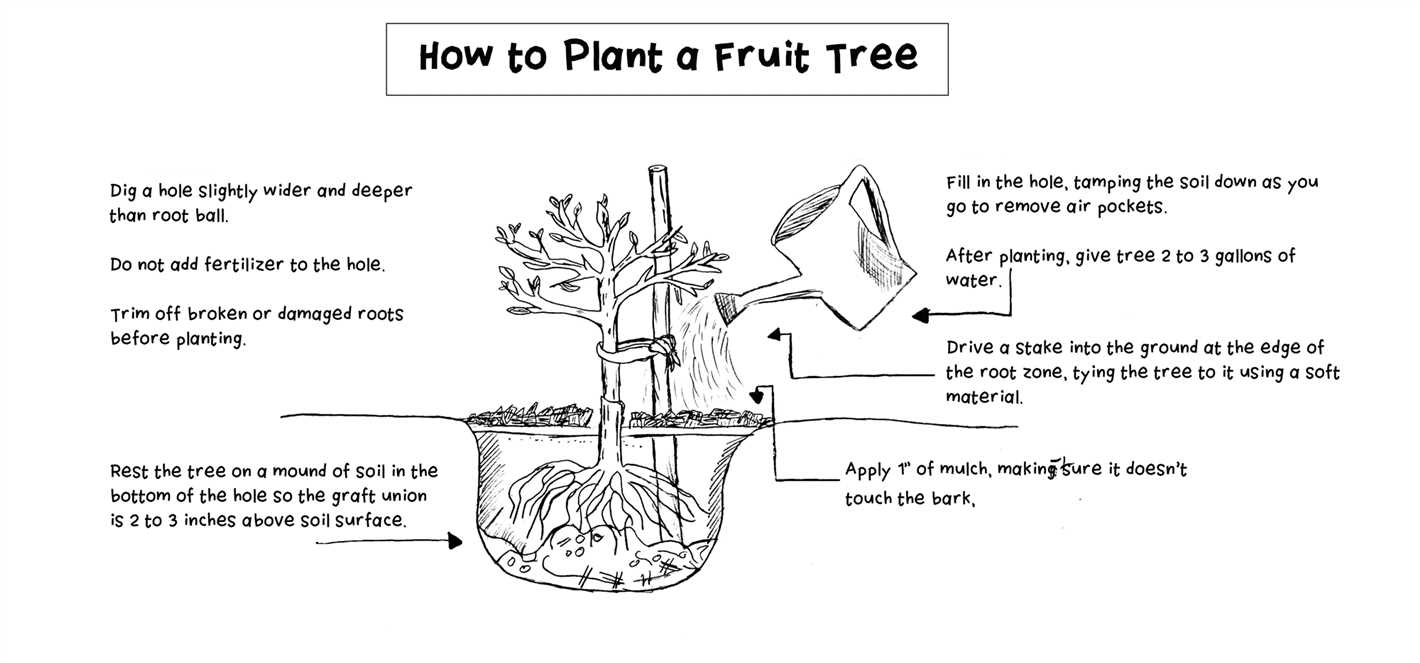
In colder climates, provide winter protection for the peach trees to prevent frost damage. Before the first frost, wrap the trunks of young trees with burlap or tree wraps to protect them from low temperatures. Consider using protective covers or blankets to shield the trees during cold snaps. Prune the trees to remove any dead wood before winter to reduce the risk of diseases and improve overall winter hardiness.
Regular Monitoring and Care
Regularly monitor the peach trees for any signs of stress, diseases, or pest infestations. Address any issues promptly to prevent them from spreading and impacting the overall health of the trees. Conduct yearly evaluations of the tree’s health and adjust your care and maintenance practices accordingly.
| Care Process | Timing |
|---|---|
| Watering | At least once a week, 1 inch per week |
| Fertilizing | Early spring and early summer |
| Pruning | During dormant season (late winter or early spring) |
| Weed Control | Regularly, mulch around the base |
| Pest and Disease Management | Ongoing monitoring, appropriate treatments when necessary |
| Winter Protection | Wrap trunks, use covers or blankets |
| Regular Monitoring and Care | Ongoing |
Join Our Expert Master Class
What is a Master Class?
A master class is an educational opportunity that allows participants to learn from experts in a specific field or topic. It is an intensive learning experience that provides hands-on instruction, demonstrations, and guidance from professionals who have extensive knowledge and skills in their respective areas.
Why Should You Join?
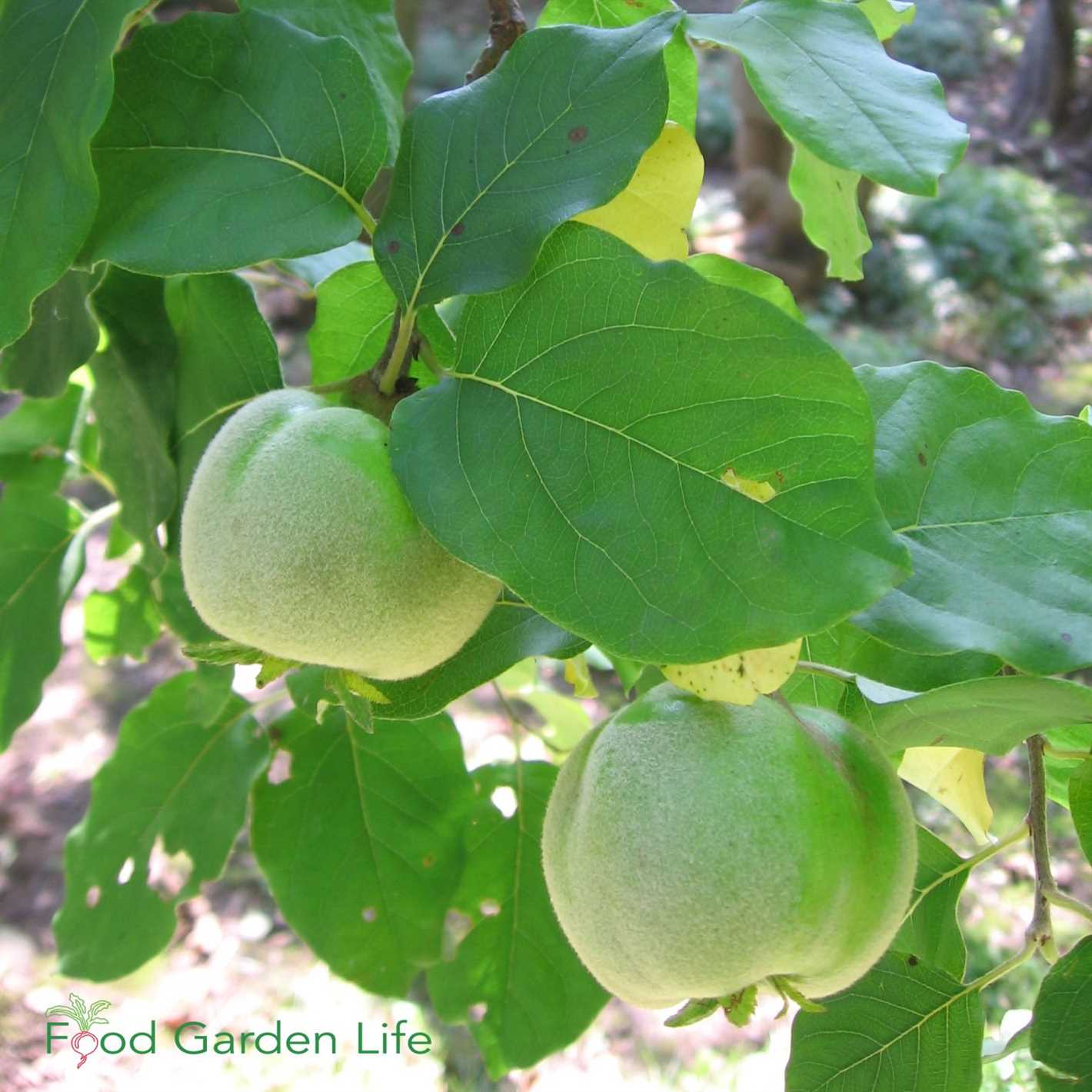
Our expert master class on planting peach tree seedlings in autumn offers a unique opportunity to learn from experienced horticulturists and professional gardeners. By participating in this master class, you will gain valuable insights, tips, and techniques that will help you successfully plant and grow peach trees in your own garden.
What Will You Learn?
During the master class, our experts will cover various topics related to planting peach tree seedlings in autumn. You will learn about the ideal planting conditions, soil preparation, proper spacing, watering and fertilization techniques, as well as tips for pruning and maintaining your peach trees. Our instructors will provide step-by-step guidance and answer any questions you may have throughout the class.
How Can You Join?
To join our expert master class, simply visit our website and register for the event. Spaces are limited, so it’s recommended to reserve your spot as soon as possible. Once registered, you will receive a confirmation email with further details and instructions on how to access the online master class.
Who Should Attend?
This master class is suitable for both beginners and experienced gardeners who are interested in learning more about planting peach tree seedlings. Whether you have just started gardening or have been growing plants for years, this master class will provide valuable information and insights that can help enhance your gardening skills.
Benefits of Attending
By participating in our expert master class, you will:
- Gain a deeper understanding of the best practices for planting and growing peach tree seedlings
- Learn valuable tips and techniques from experienced horticulturists and professional gardeners
- Have the opportunity to ask questions and receive personalized guidance
- Connect with fellow gardening enthusiasts and share experiences
- Receive a certificate of completion at the end of the master class
Conclusion
If you’re interested in planting peach trees and want to learn from the experts, don’t miss out on our expert master class. This educational opportunity will provide you with the knowledge and skills needed to successfully plant and grow peach tree seedlings in autumn. Register now to secure your spot and embark on a journey towards becoming a successful peach tree gardener!
Question-answer:
When is the best time to plant peach tree seedlings in autumn?
The best time to plant peach tree seedlings in autumn is when the weather starts to cool down and the soil is still warm. This is usually in late September or early October.
What are some common mistakes to avoid when planting peach tree seedlings?
Some common mistakes to avoid when planting peach tree seedlings include planting them too deep, not providing enough sun or water, and not properly preparing the soil. It’s also important to keep the bud union above the soil line to prevent disease and rot.
How long does it take for a peach tree seedling to bear fruit?
It typically takes 2 to 4 years for a peach tree seedling to bear fruit. However, this can vary depending on the variety of peach tree and the growing conditions.
What are some tips for caring for peach tree seedlings during the autumn?
Some tips for caring for peach tree seedlings during the autumn include watering them regularly, especially during dry spells, applying a balanced fertilizer in early spring, pruning them to maintain shape and remove dead or diseased branches, and monitoring for pests and diseases.
Can I plant peach tree seedlings in containers instead of in the ground?
Yes, you can plant peach tree seedlings in containers instead of in the ground. Just make sure the container is large enough to accommodate the root system and provide good drainage. Regular watering and fertilizing may be necessary to ensure the health and growth of the tree.







